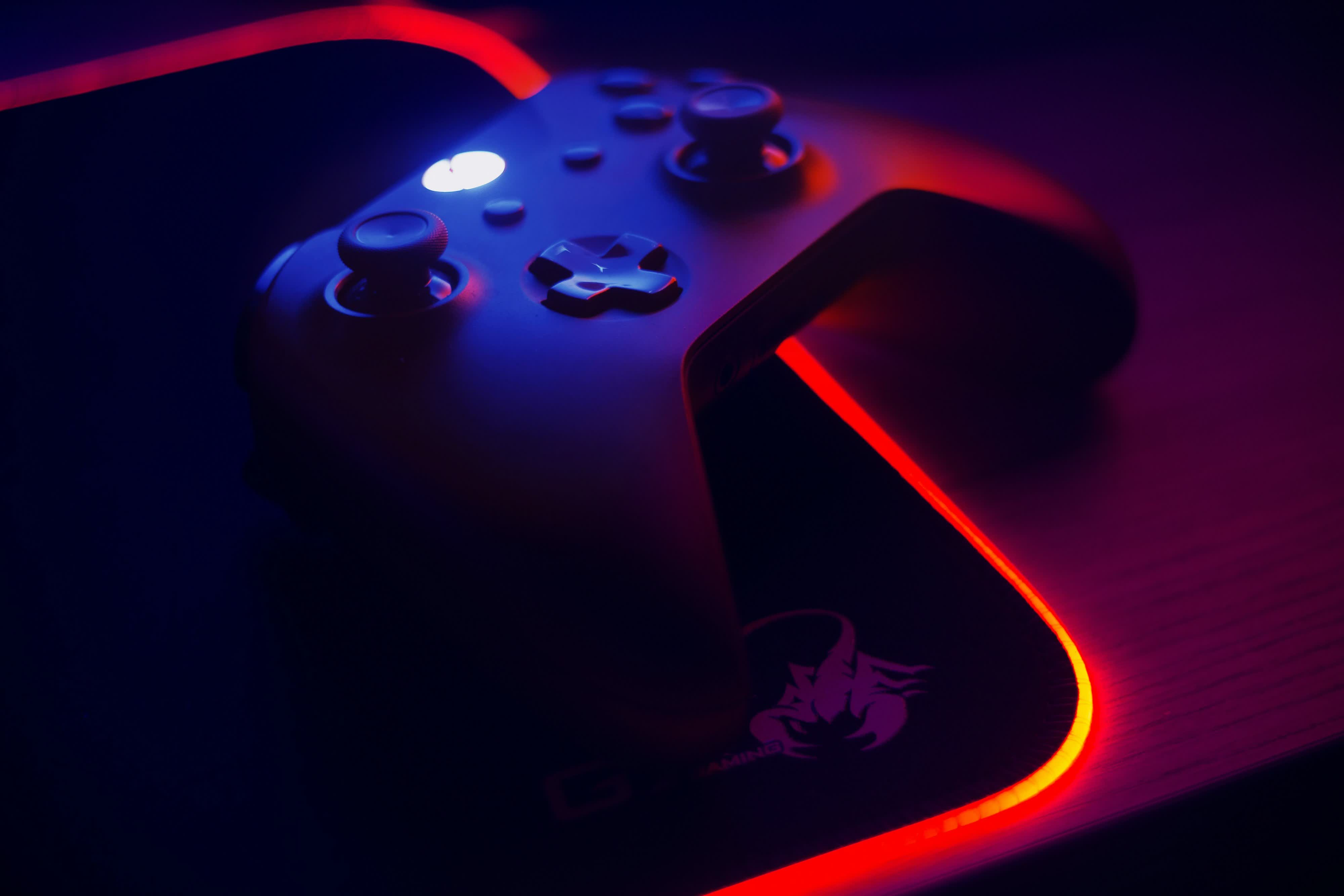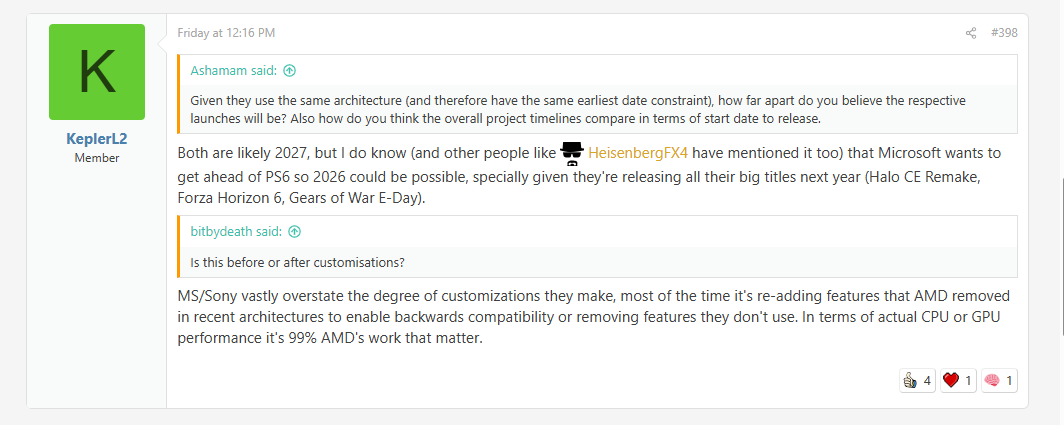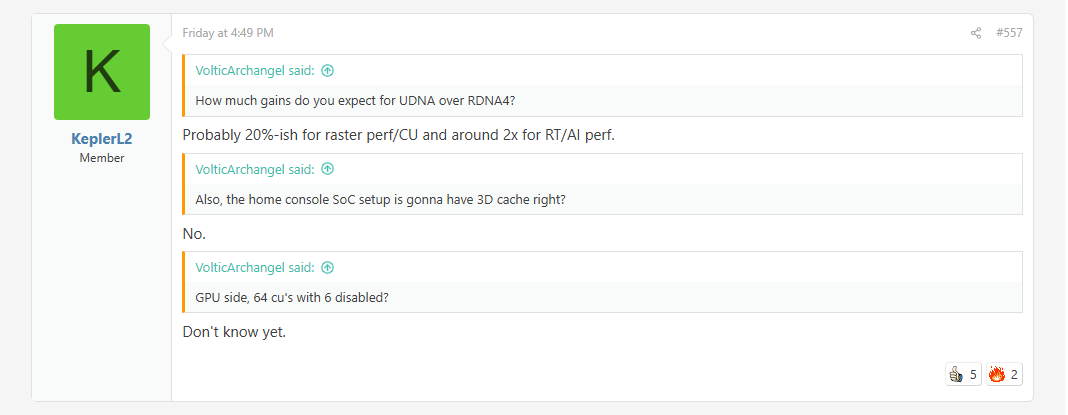Something to look forward to: If rumors prove accurate, Sony and Microsoft may once again align on GPU architecture for their next-generation consoles, this time leveraging AMD's upcoming UDNA graphics platform. The expected performance gains in ray tracing and AI upscaling suggest a significant shift that could outpace current PC GPUs on a per-compute-unit basis. With both companies also exploring handheld form factors and staggered launch timelines, these developments offer an early look at the hardware strategies shaping the next phase of the console cycle.
Trusted leaker KeplerL2 recently dropped several new details about Sony and Microsoft's plans for their next-generation consoles. If the information proves accurate, both companies will once again use similar graphics technology, with significant improvements in ray tracing performance compared to the latest PC graphics cards.
In a series of posts on NeoGAF, KeplerL2 stated that the PlayStation 6 and the next Xbox console will use the same GPU architecture and are currently on track for a 2027 release. Earlier this year, he noted that the PlayStation 6 will be based on AMD's upcoming UDNA graphics architecture, making it likely that Microsoft is taking a similar approach.
Codenamed "gfx13," UDNA is the successor to the RDNA 4 architecture, which powers the recently released Radeon RX 9070 and RX 9060 series PC graphics card. Compared to RDNA 2, which is used in the PlayStation 5 and Xbox Series consoles, these GPUs show notable improvements in ray tracing performance and image upscaling quality.
UDNA is expected to deliver another major leap forward. KeplerL2 claims that the new architecture will likely perform 20% faster per compute unit in traditional rasterized rendering and twice as fast in ray tracing and AI operations.
He also mentions that HDMI bandwidth will increase to 80 Gbps, which could allow for higher refresh rates at 4K and possibly even 8K resolutions, although it would still fall short of the full 96 Gbps specification of HDMI 2.2.
On the CPU side, neither of the next-generation consoles will include 3D V-Cache, a feature that has helped the last three generations of Ryzen processors outperform Intel's chips in gaming tasks. It's unclear how 3D V-Cache would affect performance in a console environment.
In addition, Microsoft is developing a handheld gaming device, and Sony is rumored to be working on a portable companion for the PlayStation 6. Although it is too early to predict their performance, both are expected to use UDNA technology. KeplerL2 believes they will be designed to consume no more than 15 watts to preserve battery life.
While Sony and Microsoft may release new hardware in 2027, it's believed that Microsoft is trying to launch its console ahead of the PlayStation 6 and could do so as early as next year.
The company is expected to celebrate the 25th anniversary of the original Xbox in 2026 with the release of Forza Horizon 6, Gears of War: E-Day, and a remake of Halo: Combat Evolved for PC and Xbox Series consoles. If Microsoft's next flagship device – a PC and console hybrid – is ready in time, this lineup could make for a strong launch.



